 | Why we’re still early in crypto despite a new ATH for Bitcoin, why Bitcoin will have trouble becoming a broadly adopted store of value, and what I see happening in the long run. This is a longread that I originally published here on Substack back when Bitcoin hit its ATH. The TL;DR is that crypto has come quite far already, is becoming a more legitimate asset class, Bitcoin has issues as a store of value (lack of usecase, ESG issues, bad fundamentals), and that I expect that in the long run a crypto like Nano will become the digital store of value. A few days ago, Bitcoin hit a new all-time high, as did the crypto market cap as a whole. At a total crypto market cap of almost $3 trillion, this is a huge accomplishment and crypto is something that is no longer being ignored. Despite this, I’d argue we’re still early in crypto. The biggest cryptocurrencies are currently not user-friendly. Bitcoin and Ethereum are the primary examples. On these chains, fees are high and transactions take a long time. The UX for any regular user is terrible. Imagine telling someone that your money of the future takes $30 for a single transfer. Attempts are made to fix this. ETH2.0 should decrease Ethereum's fees, while Bitcoin has the Lightning Network. Speaking as someone deep into crypto and not technically illiterate - these solutions are a long way from working well enough. Lightning specifically is not a solution I'd recommend to anyone. For a deeper dive, see this thread on Twitter. We're also still early in terms of crypto as a store of value, despite the lofty valuations crypto is already seeing. Institutions *want* a better store of value than gold. Gold's flaws are well known, from physical security costs to yearly inflation to possible supply inflation in the long run through sea/asteroid mining. The world is ready for a digital store of value. Bloomberg: Paul Tudor Jones is using crypto to hedge against inflation. Many would say Bitcoin is the frontrunner for a digital store of value. It very well might be, currently. Yet I would argue that as a store of value, it leaves much to be desired for institutions. The dream for crypto investors is to see pension funds, institutional investors and even countries holding crypto as a reserve asset. So why not Bitcoin? SPglobal: Energy-hungry Bitcoin poses questions for ESG-conscious institutions: institutional investors have increasingly dipped their toes in the waters of cryptocurrency over the past year, but concerns have been raised… Institutional investors themselves are quite clear about this. Bank of America published a report about this subject recently, titled "Bitcoin's dirty secret". In this piece, they identify three drawbacks. Al Jazeera: Bitcoin’s dirty secret: ‘This thing is taking a lot of energy’: Bitcoin’s annual energy consumption now rivals that of some small developed countries, a new report found. 1) Bitcoin lacks an underlying usecase. Originally envisioned as a way to allow borderless, cheap transfers, Bitcoin nowadays is expensive and slow to use. Its only purpose seems to be for "number to go up". 2) Bitcoin might be outcompeted by cryptocurrencies with better fundamentals. This could be better usability as currency, but also stronger fundamentals as a store of value. This risk is salient - Bitcoin has some clear inherent flaws. As an example, Bitcoin's security comes from decentralization. At the same time, mining Bitcoin comes with economies of scale due to the way Bitcoin is designed. In other words, Bitcoin is designed to encourage centralization over time. For more info, see “Why 99% of cryptocurrencies centralize over time”. On centralization and decentralization over time 3) Bitcoin comes with immense energy usage. There isn't a single serious investor without an ESG board nowadays. Bitcoin doesn't pass even the most cursory inspection. As BAML calculated, a $1 mln investment into Bitcoin adds 5,400,000 kilo in CO2 emissions, annually. It's not just CO2 emissions. Bitcoin mining is reliant on ASICs, which lead to generous amounts of electronic waste. In Digiconomist’s estimates, this currently amounts to an annual electronic waste comparable to the small IT equipment waste of the Netherlands. As most investors in the business will tell you, Bitcoin's environmental impact means they simply are not able to invest in it, regardless of their desire to invest in a digital store of value. This is why I say we're still early. The image of a digital store of value is appealing, but the current frontrunner has its own share of issues. So how does this develop into the future? Well, it could go one of many ways. My thoughts on it might not align with the majority right now. One thing that could happen would be Bitcoin moving to PoS. This is not the panacea it appears to be. While it would solve Bitcoin's energy usage, it could still keep Bitcoin slow and expensive to use. Additionally, PoS still suffers from centralization. For more info, see also “The risks of staking for the long-term crypto environment”. We could see more backlash against crypto for the massive energy usage of some cryptocurrencies, we could see governments trying to push it into the ground. Crypto might never turn into a true store of value. I think a more positive future is possible. To succeed in the long term, I think we need to rethink crypto from the ground up. Our digital store of value needs to have low energy usage, remain secure in the long run and offer an underlying usecase. ETH's move to PoS in ETH2.0 would come close, and institutions are watching it with interest. It could solve ETH's energy issues. Other efforts are ongoing to increase its scaling and thus usability. Because of this, I expect Ethereum to do better than Bitcoin in the next few years. However, moving to PoS wouldn't solve ETH's trend towards centralization. For that, a more radical rethink is needed. The risks of staking for the long-term crypto environment. How Proof of Stake discourages usage, makes the rich richer, and increases centralization over time. Reasoning from first principles, the ideal crypto solution would need to take away the drive towards centralization, while offering a scalable and green solution that has strong store of value properties. Let's unpack that. Any system that rewards validators while taking away from users trends towards centralization over time. Users pay fees, validators receive these fees or receive newly created tokens in exchange for their validation services. This is true for both PoW and PoS systems. A radical yet thorough method of removing this centralizing pressure is to remove rewards. Without fees being paid, without additional supply being created and without validators receiving an ever larger share of supply, centralization does not follow. In such a zero-fee design, there would still be incentives to validate. Those deriving value from the network through using it to transact or store value would gladly validate as long as it was cheap enough, for example. More reading on the incentives in a zero-fee system. The incentives to run a Nano Node A zero-fee design decision also plays into store of value properties. While Bitcoin has new supply being issued annually, this new design would have a purely fixed supply. There is no "leakage" such as in Bitcoin, there are no miners bringing new supply to the market. Because of the lack of competition over validation rewards, energy usage is low in this design. In fact, everyone is incentivized to validate transactions as efficiently and cooperatively as possible. The computational power that is no longer used to compete against other miners can then be used in a different way. As an example, hardware power could be used to validate more transactions faster, rather than competing over validation of a fixed set of transactions. Through this design, a cryptocurrency could prevent centralization over time, while having an ironclad fixed supply, at extremely low energy usage. What more could one wish for in a digital store of value? According to Bank of America, aside from security, fixed supply and being eco-friendly, an underlying usecase adds true value. Anyone who has ever run a store or transacted internationally will tell you they can see the value in a feeless currency that knows no borders. It allows any store owner to accept transactions without payment processors taking a cut. It allows me to transfer to friends on the other side of the world without a cent paid in fees. The possibilities offered by a feeless, borderless form of money are endless. In an ideal world, such a currency would transfer instantly. I strongly believe that this is the form of cryptocurrency that institutions are waiting to discover. It takes the strong basis of Bitcoin and improves on it, while fixing issues such as centralization and energy usage that have grown over time. Crypto enthusiasts will know where I am going with this, because not many cryptocurrencies can be described as being both eco-friendly, instant to transact with, and completely without fees. The basics of Nano - a futuristic digital currency offering nstant, feeless and eco-friendly tranfers: How Nano manages to be green, fast and feeless, why Nano is so innovative, and what the usecases for Nano are. We're still early. Most people have never heard of Nano, and Nano is so small that it is likely not on the radar of institutional investors. However, take a 5 or 10-year look into the future here for Bitcoin and Nano. Option A is a fundamentally flawed cryptocurrency most known for being first. It lacks underlying use and is terrible for the environment. Option B stood on the shoulders of giants, learnt from and fixed the issues that A was facing, and is eco-friendly. Option A is currently valued about 1000x as highly as option B. Bitcoin's issues become more apparent with every passing day. It might nonetheless still survive a long time through its first-mover effect. However - would you want to be stuck with BlockBuster when Netflix is looming? Invest in Yahoo when Google exists? Buy some Nokia shares when Apple has just released a certain iPhone? I strongly believe in rationality in the long run. I believe that a 1000x improvement might take a while to be accepted, but wins out in the long run. I believe in fundamentals over noise. In other words, I believe that in the long run, we'll all be swapping our Bitcoin and gold for Nano. It's becoming apparent that inflation is coming to practically every currency, and the search for the ultimate store of value will inevitably lead to Nano. To me, the question is which institution or big investor will be the first to do so. Nano is the store of value they're searching for but are unaware already exists. Those first movers will see great rewards. For the planet's and crypto's sake, I hope it happens soon. Swap Bitcoin for Nano, save the planet. Why choosing Nano over Bitcoin helps save the planet and might make for an excellent investment decision. [link] [comments] |

You can get bonuses upto $100 FREE BONUS when you:
💰 Install these recommended apps:
💲 SocialGood - 100% Crypto Back on Everyday Shopping
💲 xPortal - The DeFi For The Next Billion
💲 CryptoTab Browser - Lightweight, fast, and ready to mine!
💰 Register on these recommended exchanges:
🟡 Binance🟡 Bitfinex🟡 Bitmart🟡 Bittrex🟡 Bitget
🟡 CoinEx🟡 Crypto.com🟡 Gate.io🟡 Huobi🟡 Kucoin.





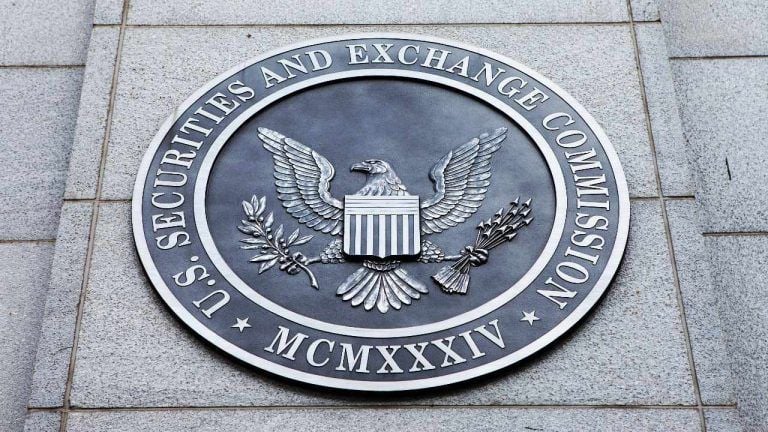




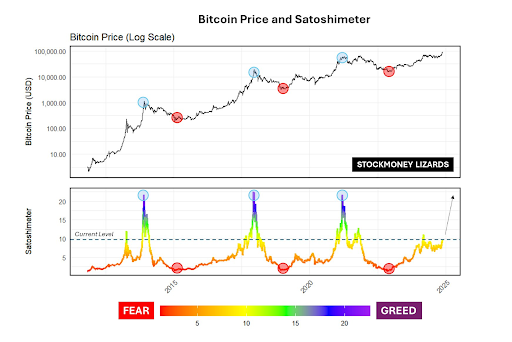
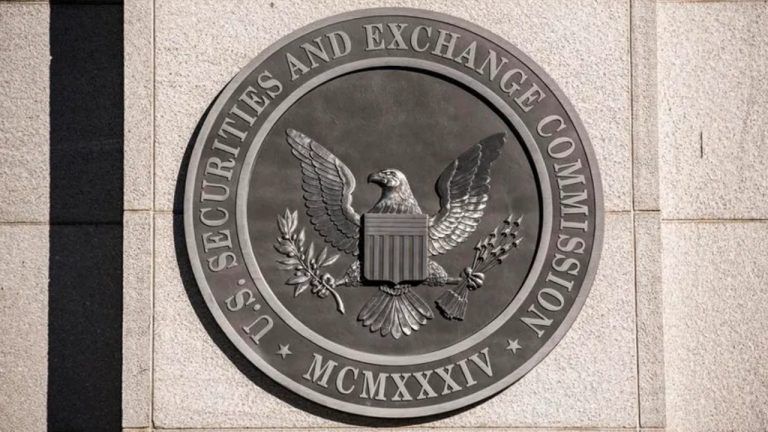

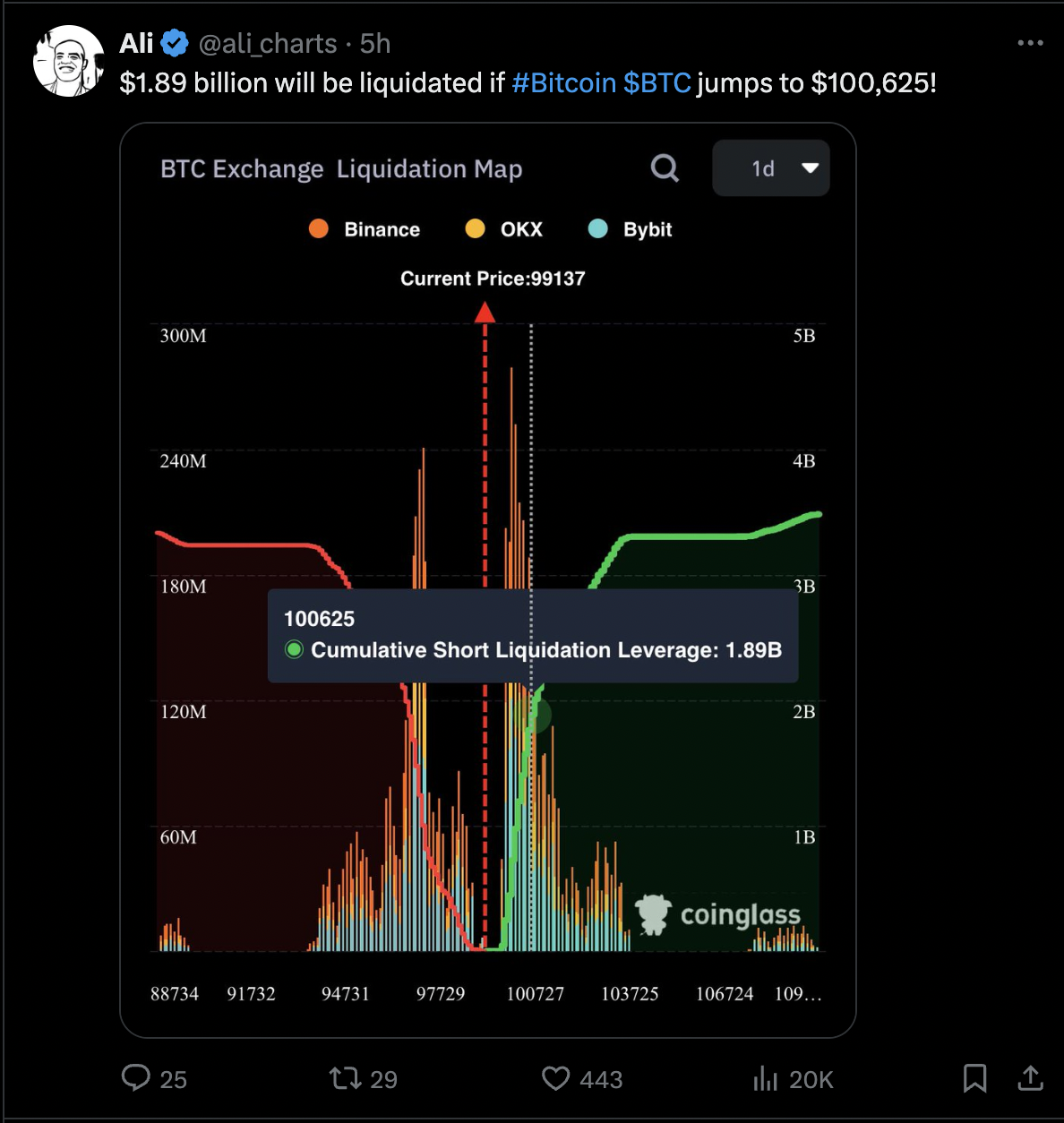
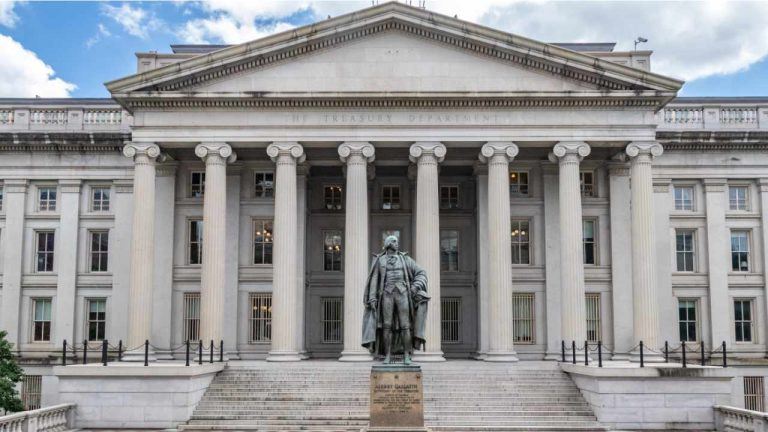

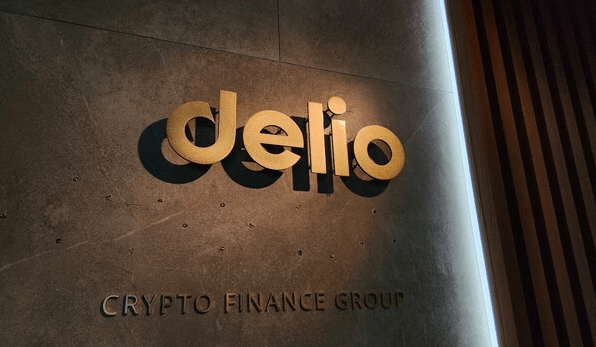



Comments